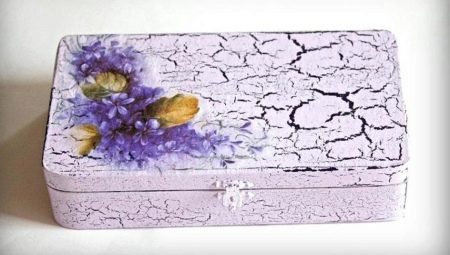Handwork has always been valued above the factory. Not a single item from a store shelf can replace hand-made art. For hundreds of years, craftswomen from different parts of the world create small masterpieces using the methods and materials of decoration available to everyone.
One of the popular techniques is craquelure - decoration of products from various materials, popular among needlewomen around the world. In our article today, we will look at how to apply this decoration method in decoupage.
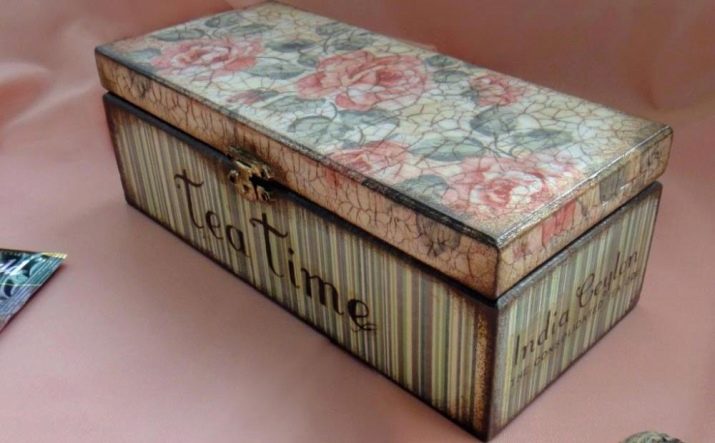
What is craquelure? From the French craquelure (crack) - artificial aging of the varnished coating of any objects (whether it is a vase or an ordinary box). As the name implies, on the product, using a special technique, small cracks and abrasions appear that create the effect of the so-called cobweb of time, which gives a unique charm to modern objects, visually turning them into vintage ones.
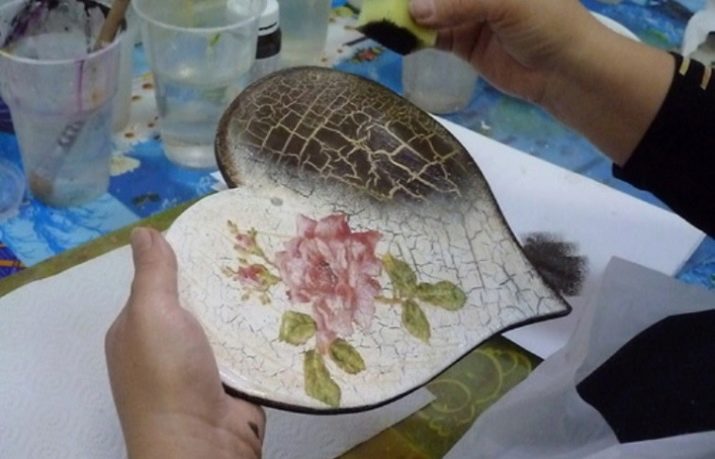
Accessories in the style of modern retro harmoniously fit into the interiors, made in the style of Provence or country. Artificial antiques will also look great in a classic Victorian living room or room decorated in a romantic style.
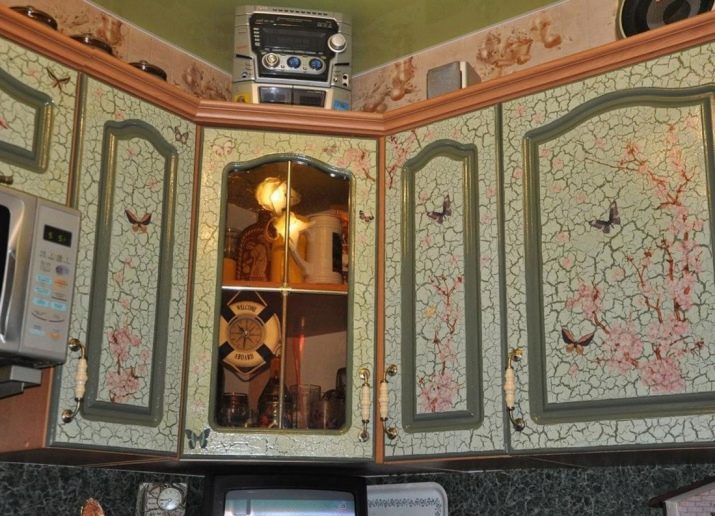
What items are usually decorated using craquelure technique? Wooden items, caskets, tin trays, flower pots, glass wine bottles, mirror frames, decorative suitcases ... Any, at first glance, unnecessary item from the pantry and attic can turn into a real work of art that will decorate your home. Use imagination and create!
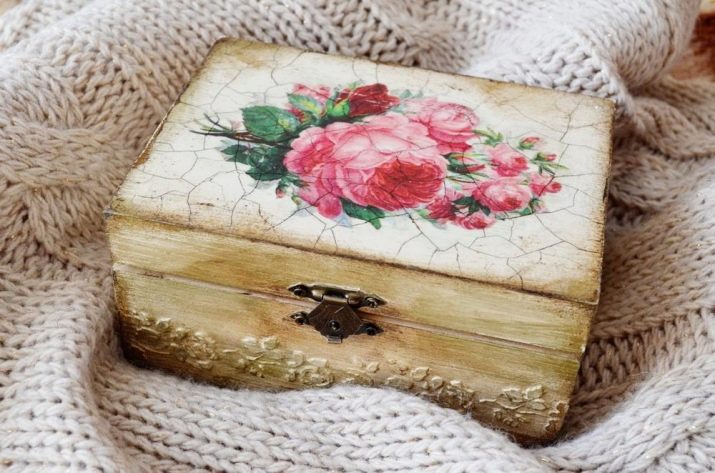
Craquelure methods in decoupage
Do not forget that there are different types of craquelure, with which you can achieve various effects on the finished product. With these craquelure techniques, your masterpieces will not be alike, each of them will have its own “zest”.
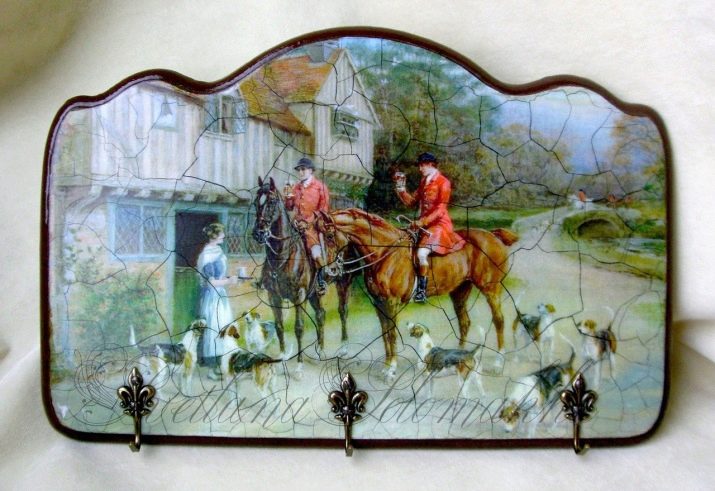
What are the types of artificial aging? Masters distinguish two main techniques.
One-step (one-component)
What distinguishes this processing method? Through cracks in the top coat of paint, the top coat of the product is visible.
The one-step method is simpler to execute, does not require much time and is suitable for beginners in the world of hand-made art.
What is the process of creating a single craquelure?
It is necessary to apply a coloring composition to the prepared surface or, in our case, a decoupage drawing. Be sure to primer and apply a special composition to the dried layer - varnish for craquelure, which will crack, creating the effect of an egg shell.
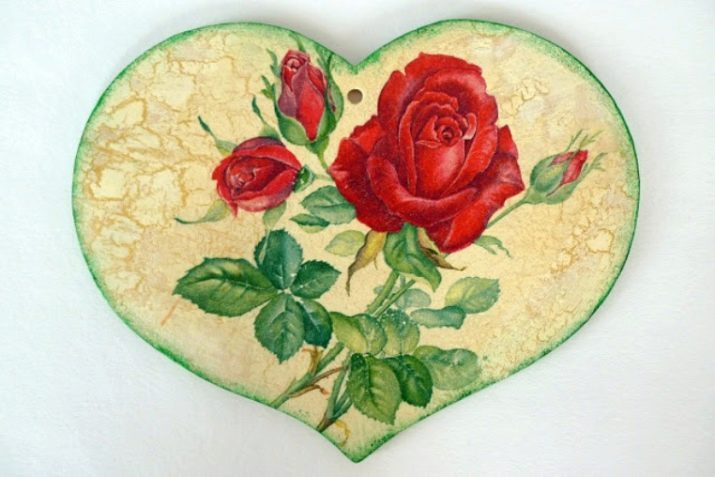
Two-step (two-component)
The two-step method of craquelure is characterized in that the cracks formed are filled with an additional composition (for example, silver or bronze dusting in the form of powder, implantation of pieces of sweat, and other suitable materials can be used). This creates a special effect, the thing will look exquisite, due to the overflow of shades, it will want to be considered.
A double craquelure will require a little more time and painstaking work, but believe me, the result is worth it!
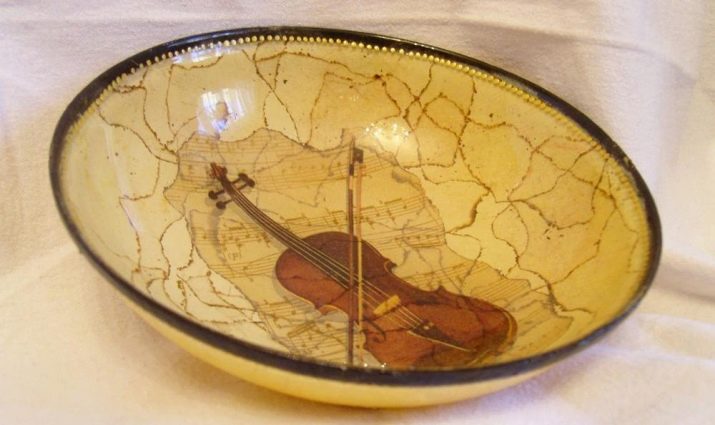
Which way to choose is up to you.
Craquelure: a technique for beginners
Let's consider step by step how to decorate an object using the craquelure technique yourself and without much effort.
What do we need?
- Of course, the item itself, which we will decorate. They can be anything from an old grandmother's stool to a glass vase, the surface of which you previously subjected to processing, direct or reverse decoupage.
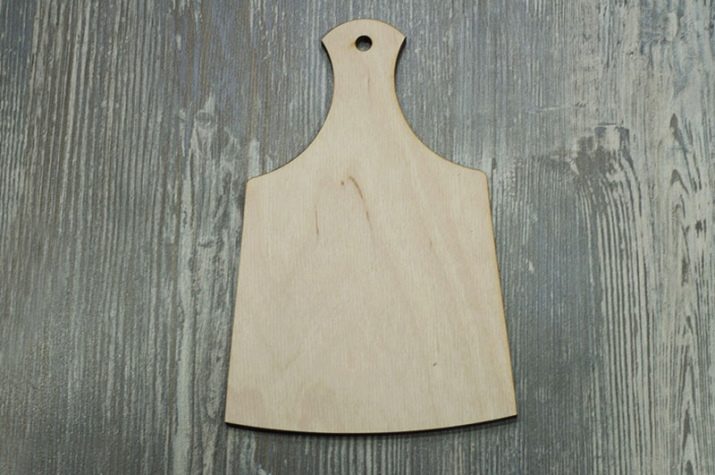
- Craquelure varnish. Special compositions can be purchased in any department for creativity. There are a great many varieties and shades of varnish.
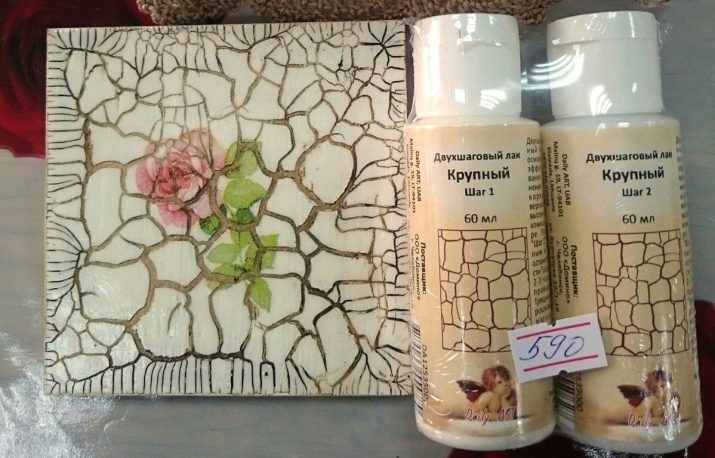
- Paint or powder selected shade to fill the resulting cracks.
You can choose neutral shades, or you can choose bright colors to create a contrast effect on the subject.
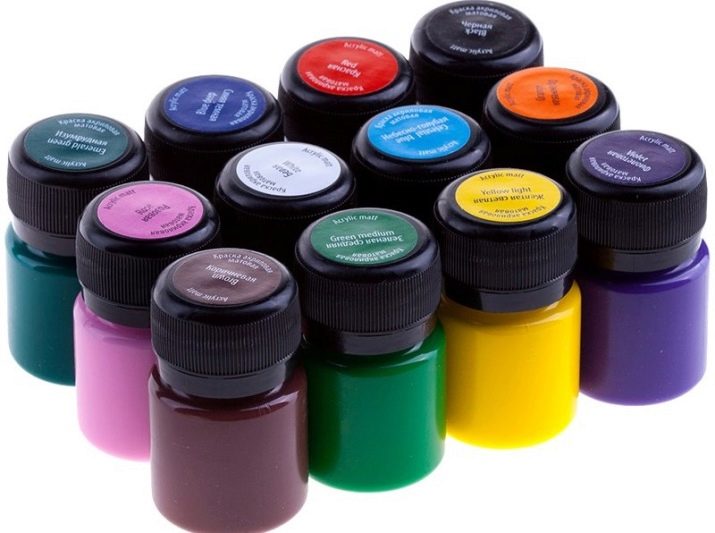
- High quality nylon brush. The size of the brush should be chosen depending on the size of the product that you plan to varnish. For convenience in work, you should always have in stock small brush for processing hard-to-reach areas. The work will be painstaking, but much better and more complete. To cover large surfaces you can use construction roller.
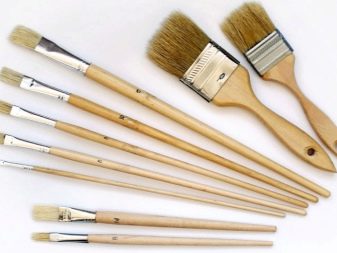
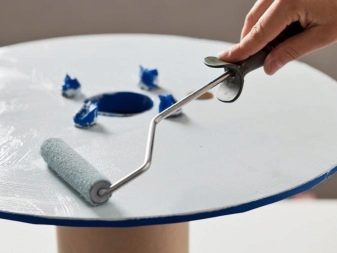
- Acrylic lacquer. It is advisable to apply it to protect the finished surface from further damage.
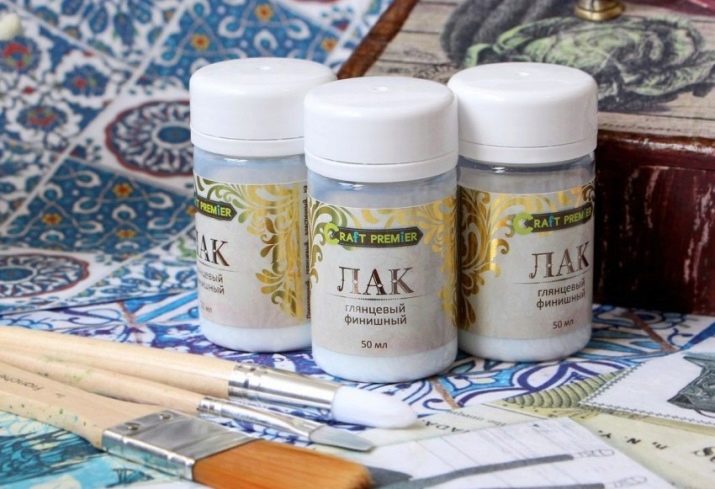
So, here you go!
We select the most beautiful object from your collection of decoupage craftsmanship - after all, on decoupage the craquelure looks especially impressive, as well as on objects covered with decorative plaster.
Having created a decorative item in the decoupage style, you have done most of the work. It remains only to complement your work of art with a few touches.
This is easy enough to do.
- We take a brush and cover the object with varnish for craquelure - perfectly even application is not particularly important, as long as there are no noticeable sag and smudges on the surface. Let it dry for several minutes.
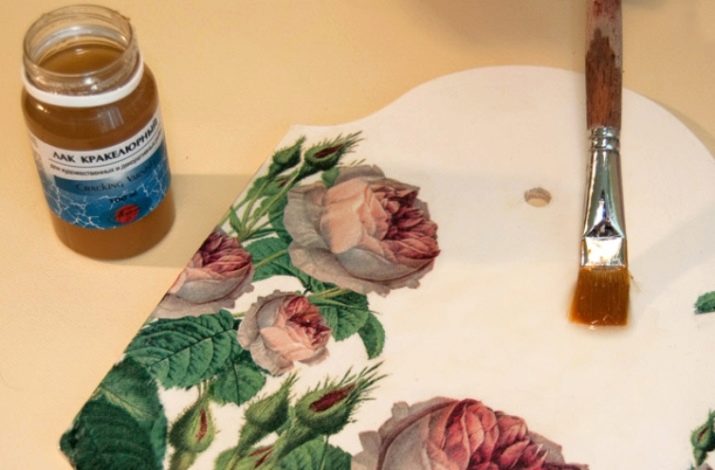
- Next, there comes the turn of decoration, for which you can use, for example, acrylic paint. It should be applied to the varnish layer with a brush or a foam sponge (using a sponge you can create softer and smoother transitions of shades).
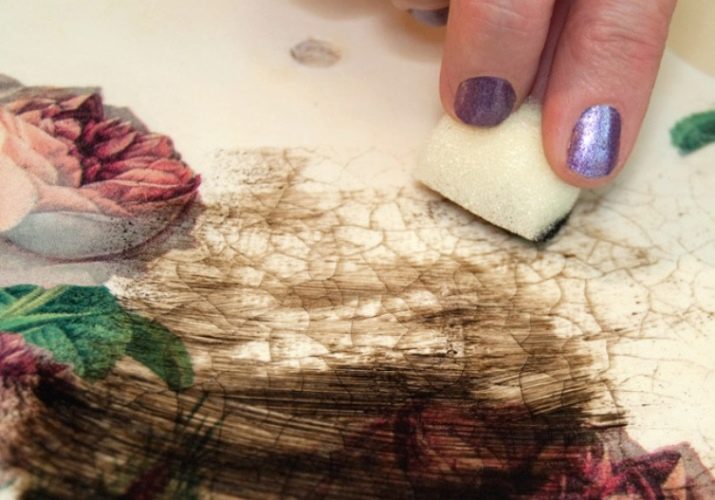
- After some time, characteristic cracks begin to form on the surface, which you can also decorate using potal or a yellowish lacquer, enhancing the aging effect.
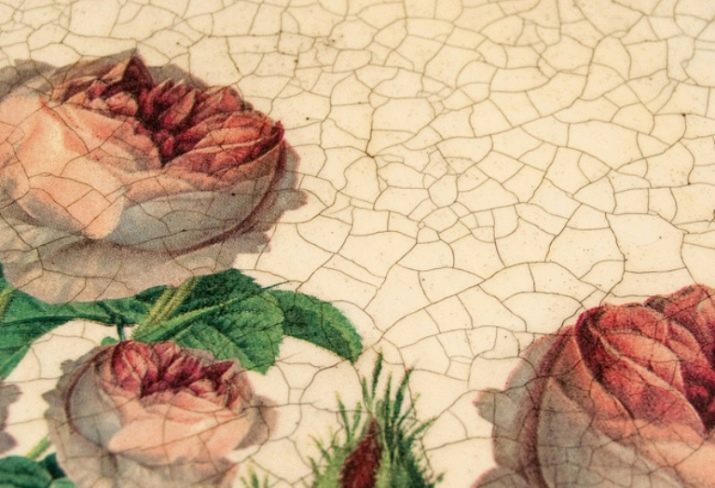
- If you notice irregularities or defects on the surface of the finished product, do not worry! Such minor flaws can be sanded or beaten with decor.
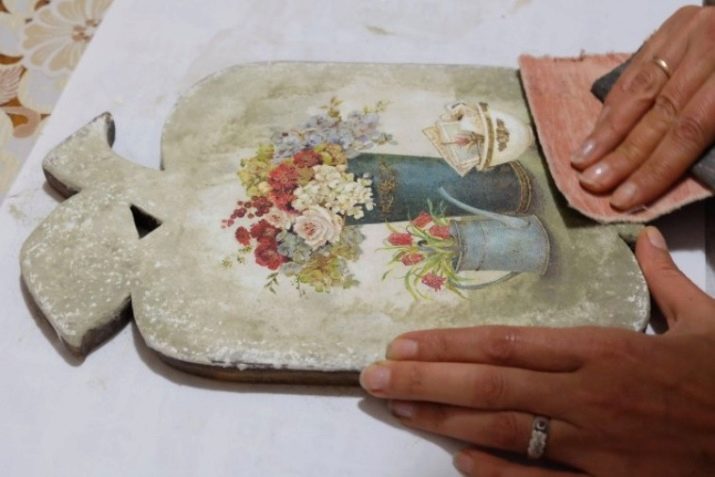
- After complete drying, cover the subject with a final layer of varnish, which will preserve your creativity for a long time. Be patient, wait for the last layer to dry, and enjoy the result of the work done!
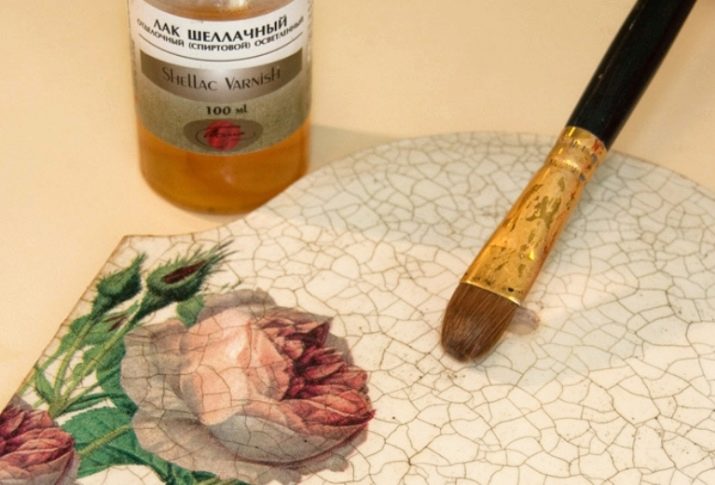
We hope that our master class was useful to you: you learned how to use craquelure varnish and create a lot of beautiful and unusual objects.
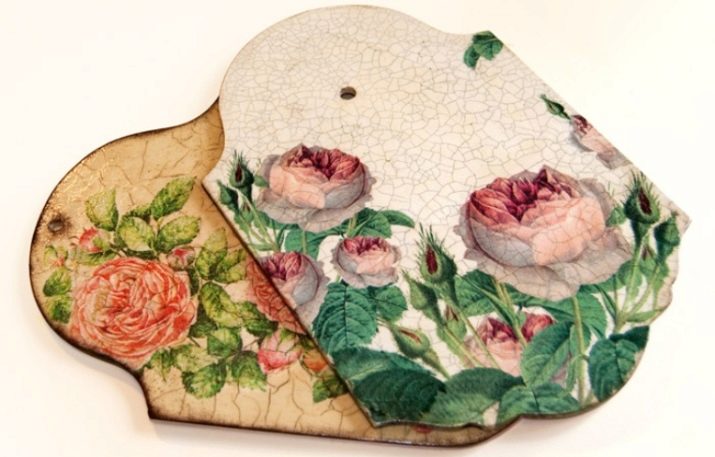
The technique for performing a two-step craquelure in decoupage can be found in the next video.
